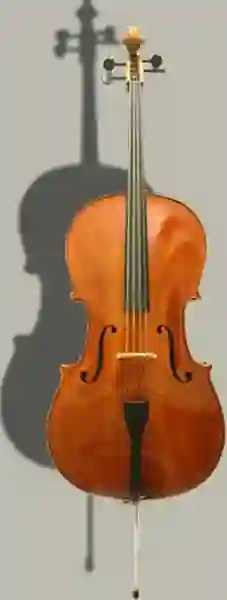Historical development of the cello - Philipp Dangas
Historical development of the cello
The cello (more correctly: violoncello) originated in the course of the development of the family of arm violas (the family Viola da braccio) to the family of today's string instruments (violin, viola, cello and double bass) at the beginning of the 17th century in the area of Bologna and was without until about 1850 Spike held with the legs like the gamba. This is still the case today at concerts in historical performance practice.
The name violoncello came about by adding the diminutive "-cello" to the name given to the bass instrument of this new family, i.e. to the name "violone". "Violoncello" therefore means: "small double bass".
In the orchestras of Johann Sebastian Bach and Georg Friedrich Handel, the violoncello is already a permanent part of the string body, but here its function is mainly limited to the performance of the bass together with the double bass. Wolfgang Amadeus Mozart and Joseph Haydn also used the cello in the orchestra mainly in this stereotypical way, which is probably due in no small part to the technical awkwardness of the double bass that still existed at the time.
At the end of the 18th and beginning of the 19th century, the cello finally began to free itself from its previous close connection with the double bass in the orchestra. It was above all Ludwig van Beethoven who began to entrust it with independent tasks, either alone or in connection with the violas or the bassoons, but we also find it in these new functions in the works of Carl Maria Weber and e.g. also in Mehul's " Joseph in Egypt" (1807). In the works of Richard Wagner , the transition to the use of the cello, which is still common today, is finally complete.
[download size: 768 kilobytes]
Table summary of cello use in music
The table below shows the use of the cello in music shown. Musical works are performed with the name of the composer and the work.

The cello in large scale
The dimensions of the cello
- Body Length: 750–760 mm
- Frame height: 111 mm
- Swinging String Length: 690 mm
- String diameter: 0,8–2 mm
The diameter of the strings varies depending on the material and manufacturer (e.g. gut, steel, silver). You are also affected by whether the string is metal wound or not. With the same material, the diameter of lower strings is larger. - Arch Length: 710–730 mm
Internal search function
| Name | Value | Delete |
|---|